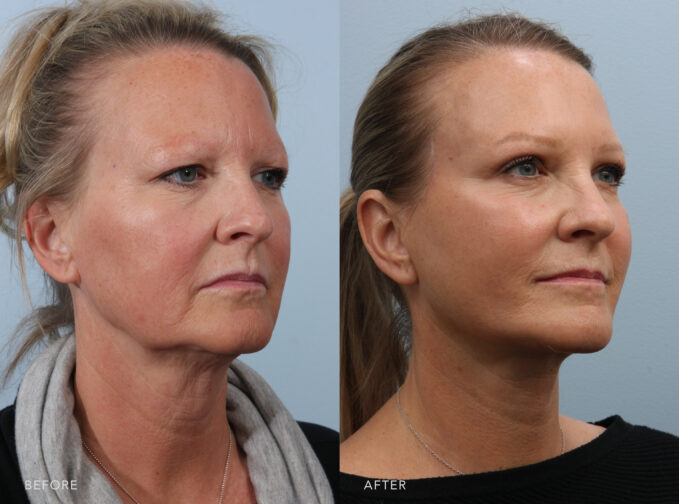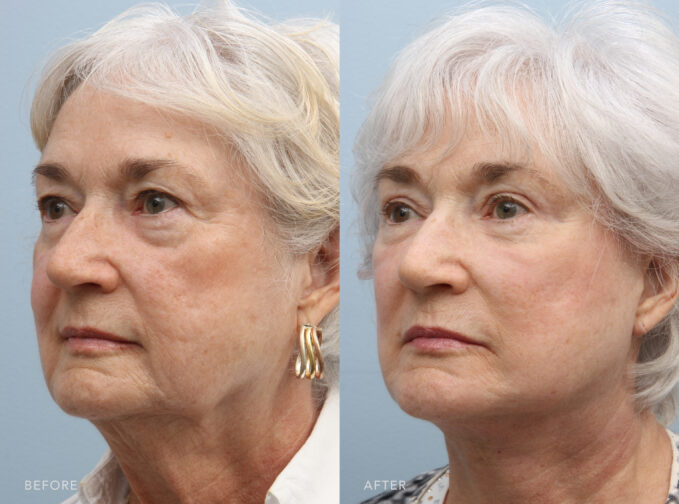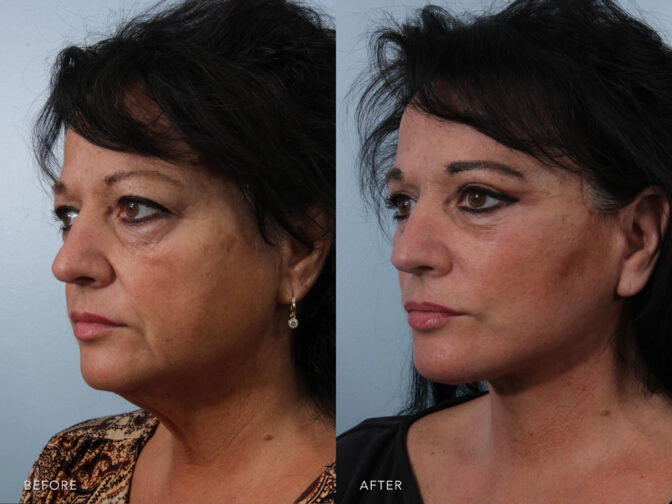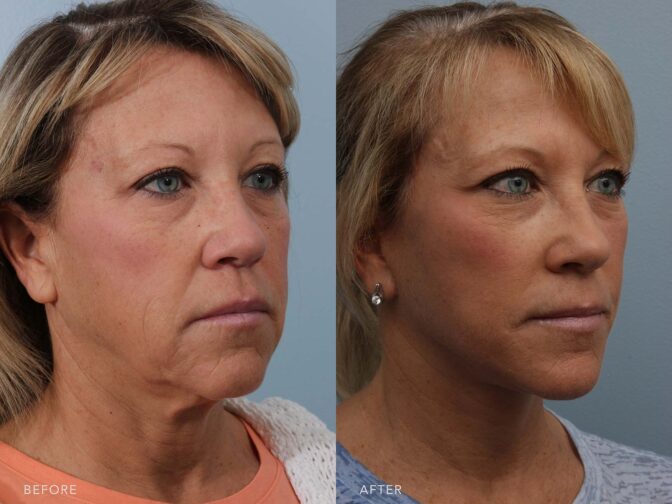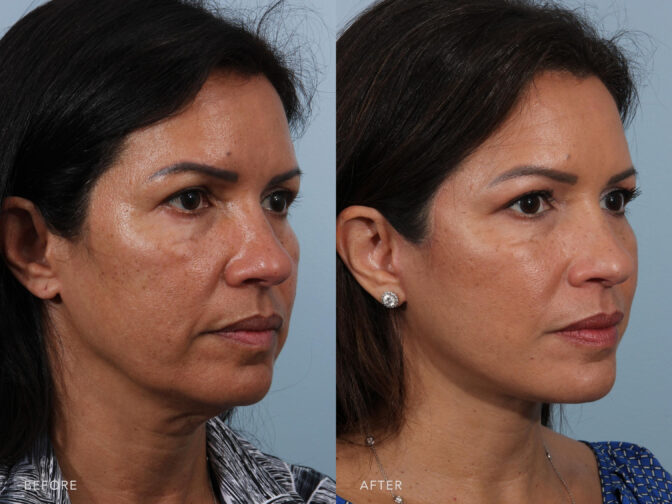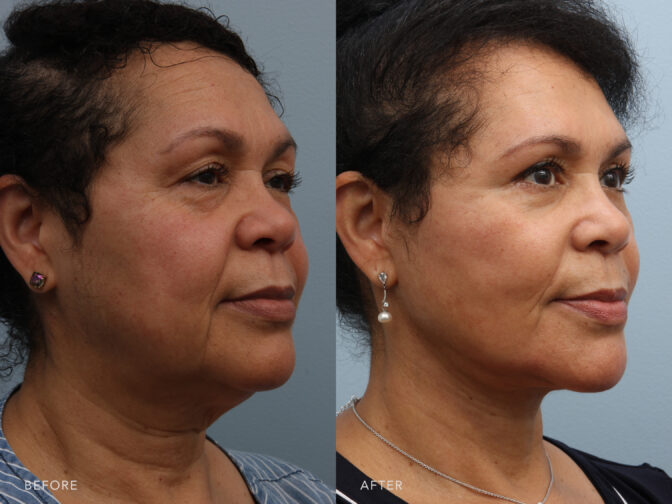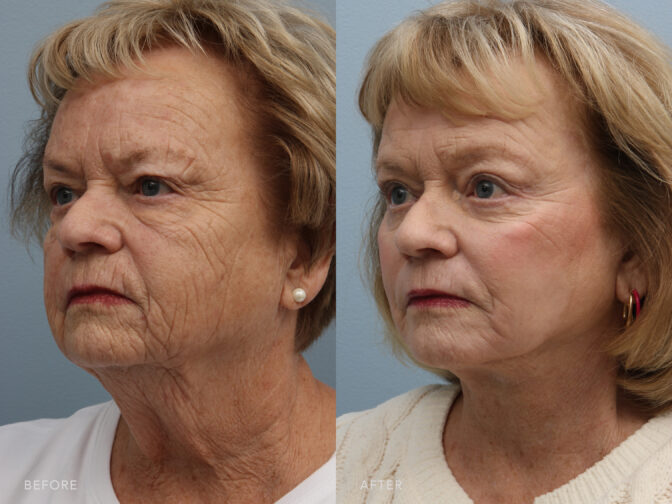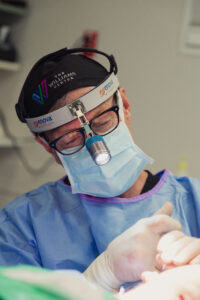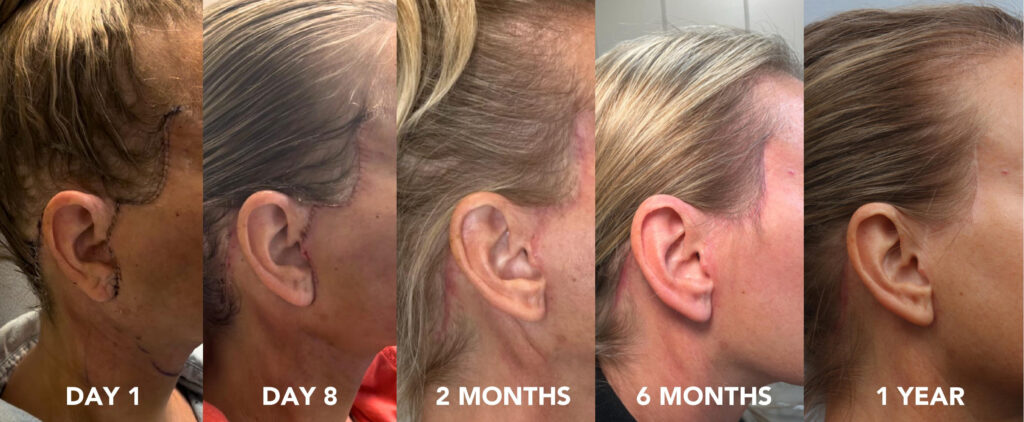5 Steps to Facial Rejuvenation
1. Contact Us
Submit a form, or you can contact us at your convenience. Your designated Patient Concierge will work with you 1-on-1 to discuss any questions or concerns you may have before booking a consultation.
2. Schedule a Consultation
You will work with your Patient Concierge to find the best time for a consultation with Dr. Williams. During your consultation, Dr. Williams will evaluate your aesthetic goals, suitability for a procedure and use imaging to show how you will look after the procedure. We also encourage patients the opportunity for further consultations at no extra charge if they have any lingering questions.
3. Surgery Day
You will be having your surgery at our fully-accredited, state-of-the-art onsite Surgical Suite ensuring you have a comfortable and discreet experience. Dr. Williams will meet you before the procedure to address any last-minute questions you may have.
4. Recovery
Our team will reach out to make sure you have everything you need for a smooth patient recovery experience. You have the option of having a nurse care for you afterwards. With Dr. William’s technique, you won’t need drains or narcotics in your recovery.
5. Enjoy your results
Most patients are back in the “real world” by day five.
Schedule a Consultation
At The Williams Center, we know that you want to look natural. 90% of patients tell us that they receive compliments on their appearance from friends and family after undergoing a deep plane facelift.
Your friends and family will know that you look great, but they’re not exactly sure why.
With the deep plane facelift, you’re going to still look like yourself – just 10-15 years younger.
Deep Plane Facelift vs. Traditional SMAS Facelift
Originally, facelifts were performed by just lifting up the skin and pulling it tight; this resulted in an unnatural and pulled face. The technique then evolved to what many people around the country currently use: the imbrication technique.
With deep plane facelift surgery, patients achieve more natural results. The deep plane facelift can also restore volume to the mid-face and under-eye areas to give patients fuller cheeks and a more youthful appearance.
The imbrication technique is when the skin is lifted, and the SMAS layer (or superficial musculoaponeurotic system) is cut and pulled tight. The problem with the imbrication technique is that there are ligaments (or areas of attachment) that cannot be smoothed out by just pulling that tissue.
A true deep plane facelift, then, is taking this one step further. We not only make an incision in that deeper SMAS layer, but we also dissect underneath that layer to free up those ligaments.
This dissection improves the neck and results in a nice, crisp jawline.
Because deep tissues are pulled up during a deep plane facelift, there will be greater definition to the cheekbones, jawline, and neck. And, results from a deep plane facelift last longer than many of the other traditional facelift techniques.
